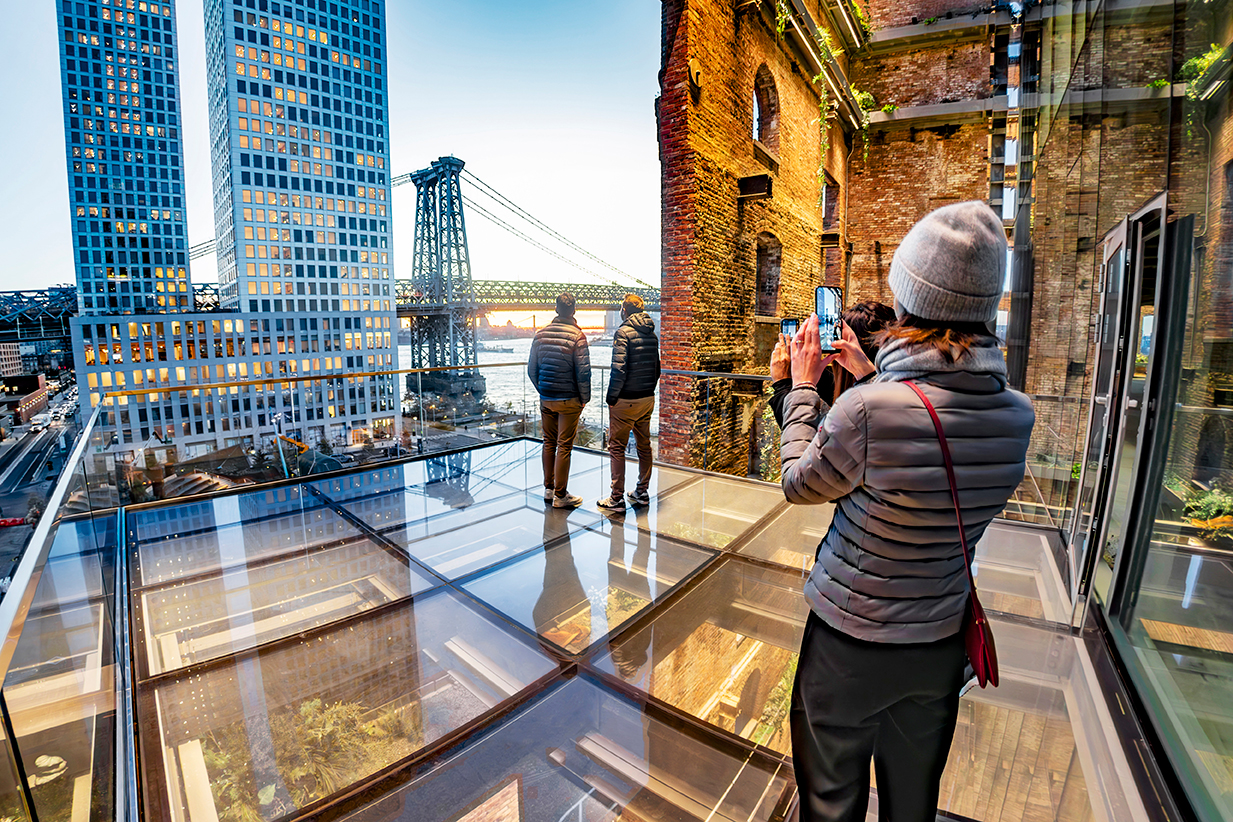
Glass has long moved beyond its decorative role. In modern buildings, it functions as both a structural and design element—blending durability with beauty. From load-bearing floors to transparent bridges and facades, glass is reshaping the built environment. With advancements in materials and engineering, glass is now a reliable component of high-performance architecture.
Load-Bearing Performance with Specialty Glass

Photos are of the Daily’s Place Amphitheater in Jacksonville, Florida – Photos: Jeff Westcott
Today’s structural glass isn’t the fragile material of the past. Innovations in specialty glass—such as triple-laminated tempered systems with interlayers—have transformed it into a viable option for weight-bearing applications. Glass Flooring Systems’ engineered glass solutions are capable of supporting heavy pedestrian traffic, all while offering clarity, strength, and safety. This strength makes glass a practical material for decks, bridges, and even floors.
Durability in Demanding Environments
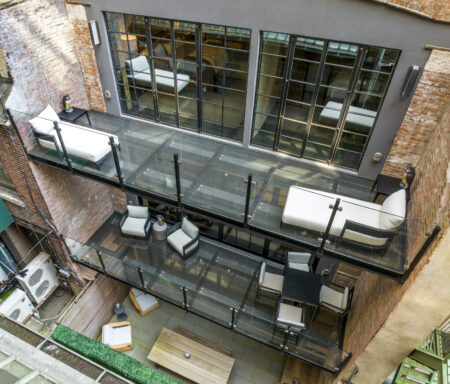
One of the defining features of modern buildings is their need to withstand environmental challenges. Glass responds well to this demand when properly engineered. Whether exposed to extreme weather, seismic shifts, or fluctuating temperatures, the right glass system can maintain structural integrity while resisting corrosion and decay. This makes it a durable choice for both interior and exterior applications.
Flexibility in Modernist Materials
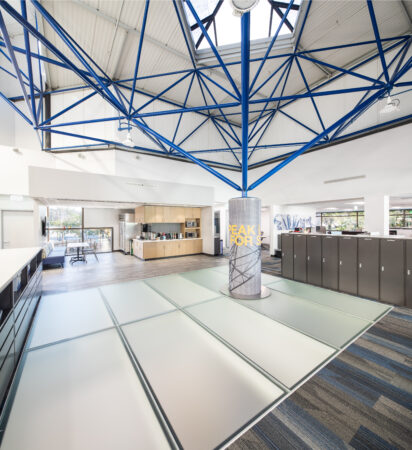
Glass pairs exceptionally well with modernist materials like steel, concrete, and aluminum. Its transparency provides contrast while maintaining a cohesive, minimal aesthetic. Structural glass can span large openings, serve as walls or floors, and work seamlessly within innovative architectural frameworks—meeting both load and design requirements. Its adaptability gives designers more room to explore bold, open concepts without compromising structure.
Energy Efficiency and Light Transmission

Structural glass is not just strong—it’s smart. When integrated properly, it contributes to passive lighting strategies that improve energy performance. Glass features like walkable skylights, curtain walls, and flooring transmit daylight deeper into spaces, reducing reliance on artificial light. This is a major advantage in glass buildings, where maximizing natural light is both a visual and functional goal.
Proven Performance in High-End Applications
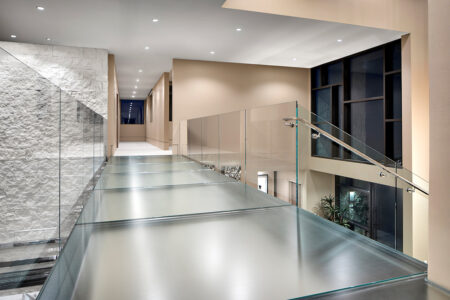
From luxury residences to commercial showpieces, engineered glass has proven its performance over time. Modernists favor glass for its ability to merge structural efficiency with visual elegance. Whether in staircases, decks, or glass bridges, the material continues to push boundaries in modern building design—offering both form and function in equal measure.
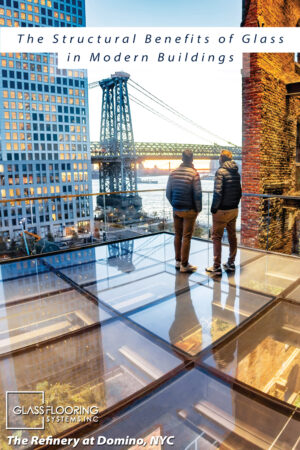
In the world of modern buildings, glass is no longer just a finishing material—it’s a structural asset. With innovations in specialty glass and tested performance in demanding environments, structural glass stands at the intersection of strength, transparency, and design. At Glass Flooring Systems, we specialize in delivering fully engineered glass solutions—from floors and decks to bridges and skylights—that are beautiful, safe, and built to perform. If you’re planning a project that calls for architectural impact and structural integrity, we’re here to help you bring it to life with precision and expertise.
.png)




